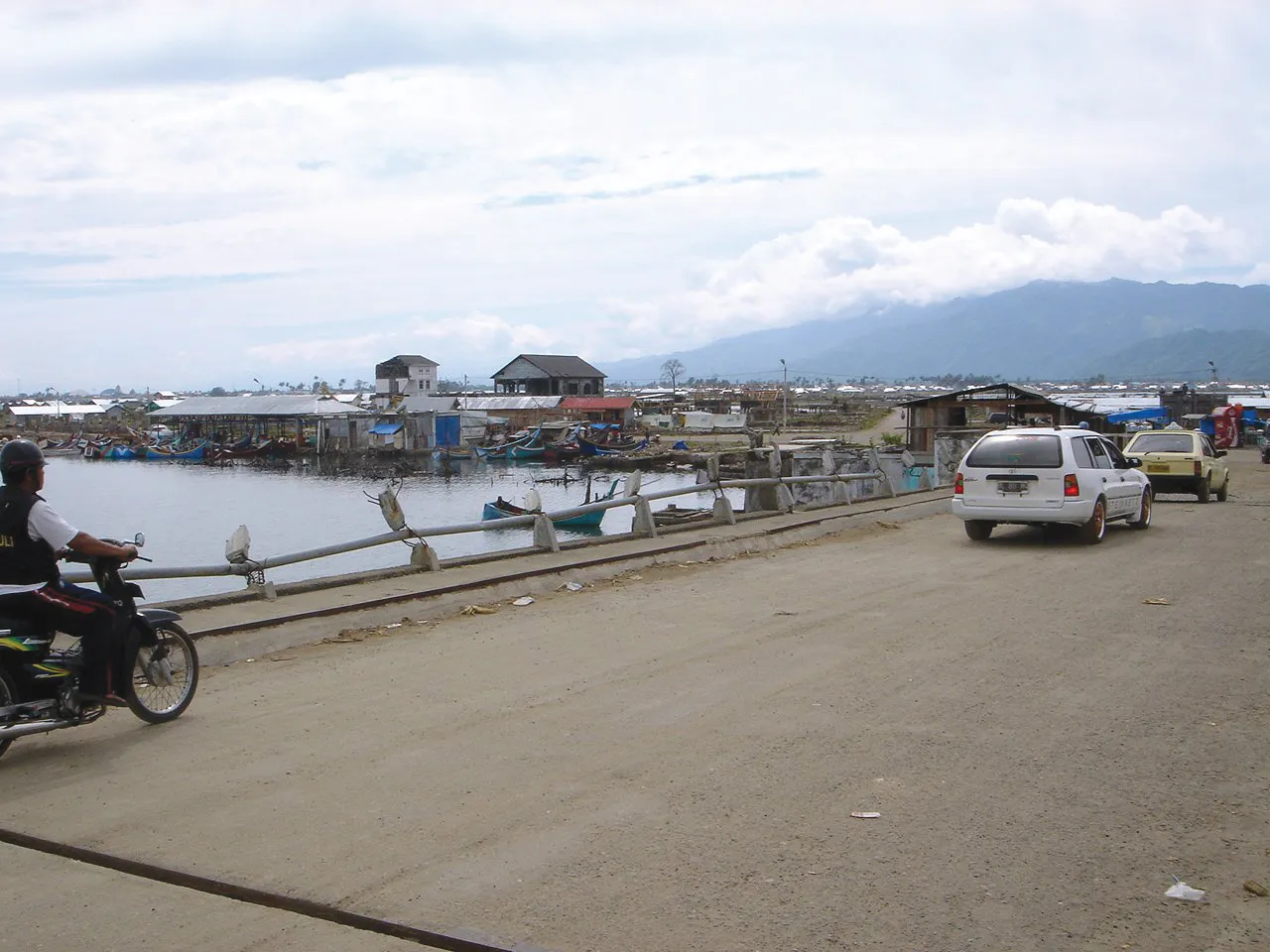In Slovakia the new government is pledging to speed up the country’s highway construction programme. Suggested policies include a re-introduction of land expropriation. The Slovakian government's current priority is to complete the Bratislava - Kosice highway. The use of EU funds does not look likely for the project and instead, the PPP structure will probably be used to finance the work.
May 2, 2012
Read time: 1 min
In Slovakia the new government is pledging to speed up the country’s highway construction programme. Suggested policies include a re-introduction of land expropriation. The Slovakian government's current priority is to complete the Bratislava - Kosice highway. The use of EU funds does not look likely for the project and instead, the PPP structure will probably be used to finance the work.








